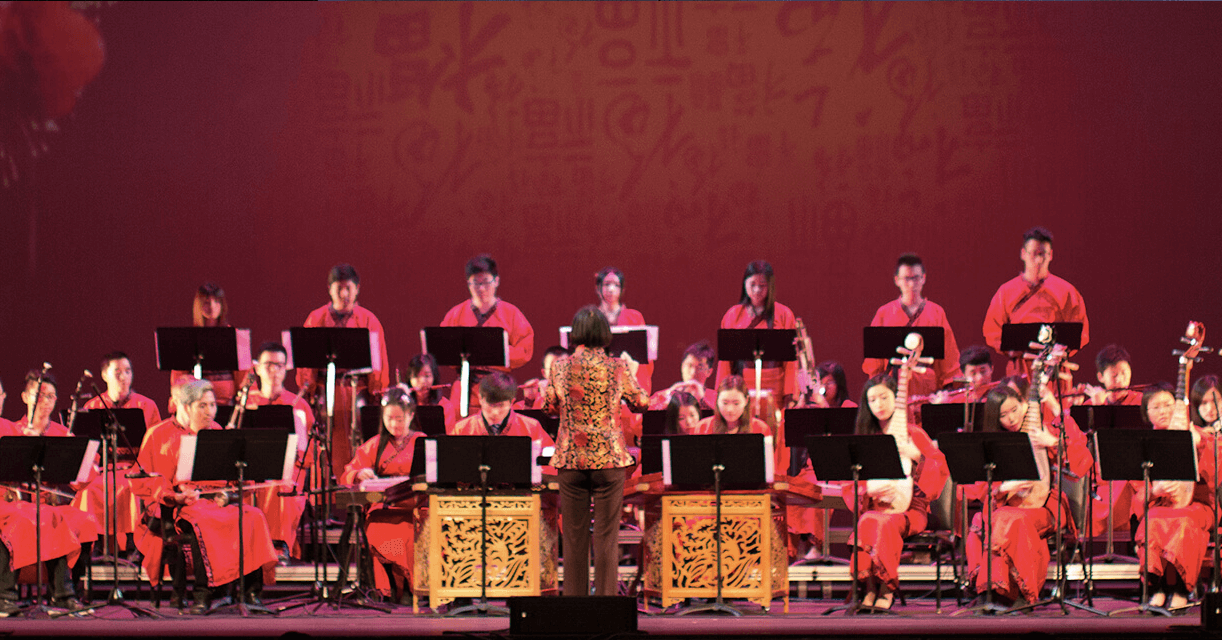The UCLA Music of China Ensemble, directed by Chi Li, performs its annual winter concert featuring traditional and contemporary music, including Chinese opera aria, zheng unison, qin unison, folk dance, and silk-and-bamboo music.
Introduction to Chinese Instruments used in this performance:
Dizi: a transverse bamboo flute equipped with six finger holes, a mouth hole, and a perforation covered by a delicate bamboo membrane, resulting in a distinctive and evocative wavering sound. In China's He Mu Du region, more than 160 pieces of bone di, dating back seven thousand years, have been unearthed.
Qin: an unbridged seven-stringed zither with a history spanning over three thousand years. Notably, there are over 3,600 documented ancient qin compositions found in almost 130 qin manuscripts. In addition to conventional notes, the qin offers the possibility of playing 119 harmonics.
Sheng: an ancient mouth organ, boasts 17 or 21 bamboo pipes, each fitted with a reed at its lower end and inserted into a copper base. With a history extending over three thousand years, the sheng holds a unique place in traditional Chinese music.
Ruan: an early Chinese plucked lute characterized by a round body and a lengthy, fretted neck housing four strings, played with a plectrum, has a history dating back approximately 2,100 years.
Erhu: a two-stringed lute featuring a bow with horsehair held between the strings, has a history of around 1,000 years.
Pipa: a pear-shaped plucked lute boasting four strings, displays four upper frets and twenty-four lower frets. It is plucked using five real or synthetic nails on the right-hand fingers.
Zheng: a long, bridged zither with variable sizes and twenty-one strings. It is played by plucking with real or synthetic nails.
This event is made possible by funding from UCLA Student Organizations, Leadership & Engagement (SOLE).
